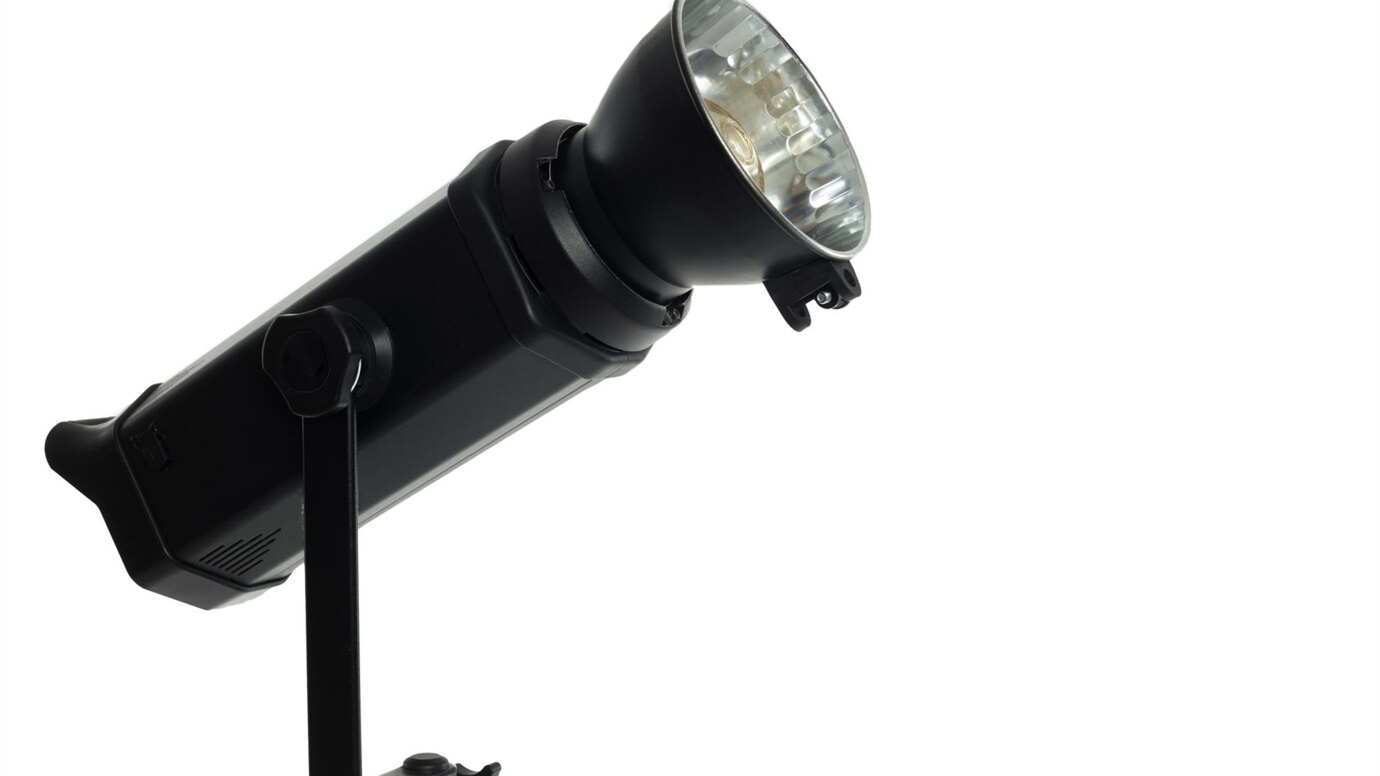Garden lighting can dramatically enhance the beauty and usability of your outdoor space. The right lighting can turn a garden into a magical place, highlighting its features and creating an inviting atmosphere for evening relaxation or entertaining. But with so many options available, choosing the best light for your garden can be a daunting task. This blog will explore the various types of garden lighting, their benefits, and how to choose the best light for your garden to achieve stunning results.
1. Understanding Garden Lighting Goals
Before diving into the types of garden lights, it's important to understand your lighting goals. These goals will guide your choices and help ensure that your garden lighting achieves the desired effect. Common goals for garden lighting include:
Enhancing Aesthetic Appeal
One of the primary goals of garden lighting is to enhance the aesthetic appeal of the garden. This involves highlighting plants, trees, and architectural features, creating focal points, and adding depth and dimension to the space.
Improving Safety and Security
Garden lighting can also improve safety by illuminating pathways, steps, and other potential hazards, preventing accidents. Additionally, well-lit gardens deter intruders and increase the overall security of your property.
Extending Usability
With the right lighting, your garden can be used after dark, extending its usability for evening activities such as dining, socializing, or simply enjoying the tranquility of your outdoor space.
Creating Ambiance
Garden lighting plays a crucial role in creating the right ambiance for different occasions. Whether you want a romantic setting, a festive atmosphere, or a serene retreat, the right lighting can set the mood.
2. Types of Garden Lighting
There are several types of garden lights to choose from, each serving different purposes and offering unique benefits. Here are the most popular types of garden lighting:
LED Lights
LED lights are a popular choice for garden lighting due to their energy efficiency, long lifespan, and versatility. They are available in various colors, shapes, and sizes, making them suitable for different lighting needs.
Advantages:
- Energy-efficient
- Long-lasting
- Low heat emission
- Available in various color temperatures and styles
Solar Lights
Solar lights are eco-friendly and easy to install since they do not require wiring. They charge during the day and automatically turn on at night, providing a hassle-free lighting solution.
Advantages:
- Renewable energy source
- Easy installation
- Low operating costs
- Automatic operation
Spotlights
Spotlights are used to highlight specific features in the garden, such as trees, sculptures, or water features. They have a narrow beam angle, providing focused illumination.
Advantages:
- Highlight specific features
- Create dramatic effects
- Adjustable angles for precision
Path Lights
Path lights are essential for illuminating walkways, driveways, and garden paths, ensuring safe navigation. They also add a decorative element to the landscape.
Advantages:
- Improve safety
- Define pathways
- Enhance garden aesthetics
String Lights
String lights are perfect for creating a magical atmosphere in the garden. They can be draped over trees, shrubs, or pergolas, adding a whimsical touch to the outdoor space.
Advantages:
- Create a festive ambiance
- Versatile installation options
- Available in various colors and designs
Flood Lights
Flood lights provide broad illumination, making them suitable for security purposes and illuminating large areas. They are often used to light up patios, decks, and driveways.
Advantages:
- Wide coverage
- Bright illumination
- Ideal for security
Accent Lights
Accent lights are used to draw attention to specific garden elements, such as flower beds, shrubs, or small trees. They are typically low to the ground and provide a subtle, soft glow.
Advantages:
- Enhance specific garden features
- Create depth and texture
- Soft, ambient lighting
3. Factors to Consider When Choosing Garden Lights
To choose the best light for your garden, you need to consider several factors, including the purpose of the lighting, the type of lights, and their placement. Here are some key considerations:
Lighting Purpose
Determine the primary purpose of the garden lighting. Are you looking to enhance aesthetics, improve safety, provide security, or create ambiance? Identifying your goals will help narrow down the options.
Light Intensity and Beam Angle
Consider the intensity of the light and the beam angle. For highlighting specific features, choose lights with a narrow beam angle and higher intensity. For general illumination, opt for wider beam angles and moderate intensity.
Color Temperature
The color temperature of the light affects the ambiance of the garden. Warm white lights (2000K-3000K) create a cozy, inviting atmosphere, while cool white lights (4500K-6500K) offer a crisp, bright illumination.
Energy Efficiency
Energy-efficient lights, such as LEDs and solar lights, are cost-effective and environmentally friendly. They consume less power and have a longer lifespan, reducing the need for frequent replacements.
Durability and Weather Resistance
Garden lights should be durable and weather-resistant to withstand outdoor conditions. Look for lights with high Ingress Protection (IP) ratings, indicating resistance to dust and water.
Ease of Installation and Maintenance
Consider the ease of installation and maintenance. Solar lights are easy to install, while wired lights may require professional installation. Choose lights that require minimal maintenance to ensure hassle-free operation.
Budget
Your budget will also influence your choice of garden lights. While high-quality lights may have a higher upfront cost, they often offer better performance and durability, resulting in long-term savings.
4. Designing Your Garden Lighting

Effective garden lighting design involves careful planning and strategic placement of lights. Here are some tips for designing your garden lighting:
Create a Lighting Plan
Start by creating a lighting plan for your garden. Identify the areas you want to illuminate and the type of lights needed for each area. Consider the layout of your garden and how the lighting will enhance its features.
Layer Your Lighting
Layering your lighting involves using different types of lights to create depth and dimension. Combine spotlights, path lights, accent lights, and string lights to achieve a balanced and visually appealing effect.
Highlight Key Features
Use spotlights and accent lights to highlight key features in your garden, such as trees, sculptures, water features, and flower beds. This creates focal points and draws attention to the most beautiful parts of your garden.
Illuminate Pathways and Entrances
Ensure pathways, driveways, and entrances are well-lit for safety and security. Use path lights and flood lights to provide clear visibility and guide guests through your garden.
Create Ambiance
For creating ambiance, use string lights, lanterns, and low-intensity LED lights. These lights add a soft, warm glow to the garden, perfect for relaxing evenings and social gatherings.
Consider Seasonal Changes
Consider how your garden lighting will adapt to seasonal changes. Choose lights that can be easily adjusted or moved to accommodate growing plants, changing foliage, and different weather conditions.
5. Maintaining Your Garden Lighting
Regular maintenance is essential to keep your garden lighting in optimal condition. Here are some tips for maintaining your garden lights:
Clean the Lights
Regularly clean the lights to remove dirt, dust, and debris that can affect their performance. Use a soft cloth and mild detergent to clean the light fixtures and lenses.
Check for Damage
Inspect the lights for any signs of damage, such as broken bulbs, frayed wires, or corroded fixtures. Replace or repair damaged lights promptly to ensure safety and functionality.
Adjust Light Positions
Periodically adjust the position of your lights to account for plant growth and changes in your garden layout. Ensure the lights are properly aligned to highlight the intended features.
Replace Batteries
For solar lights, check the batteries periodically and replace them as needed. Ensure the solar panels are clean and positioned to receive maximum sunlight.
Conclusion
Choosing the best light for your garden involves a thoughtful consideration of your lighting goals, the types of lights available, and various factors such as light intensity, color temperature, energy efficiency, durability, and budget. By understanding these elements and designing your garden lighting strategically, you can create a stunning and functional outdoor space that enhances the beauty of your garden and provides safety, security, and ambiance. With the right garden lighting, your outdoor oasis can be enjoyed day and night, transforming your garden into a magical retreat.


































Leave a comment
This site is protected by hCaptcha and the hCaptcha Privacy Policy and Terms of Service apply.